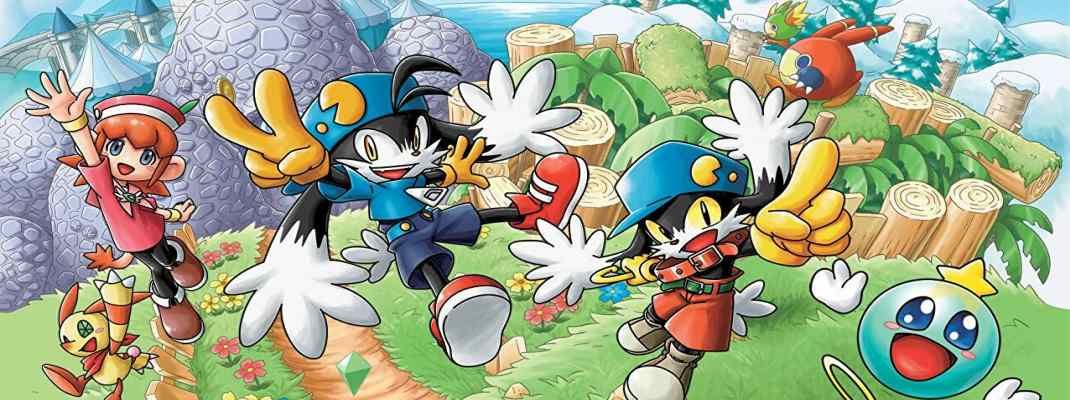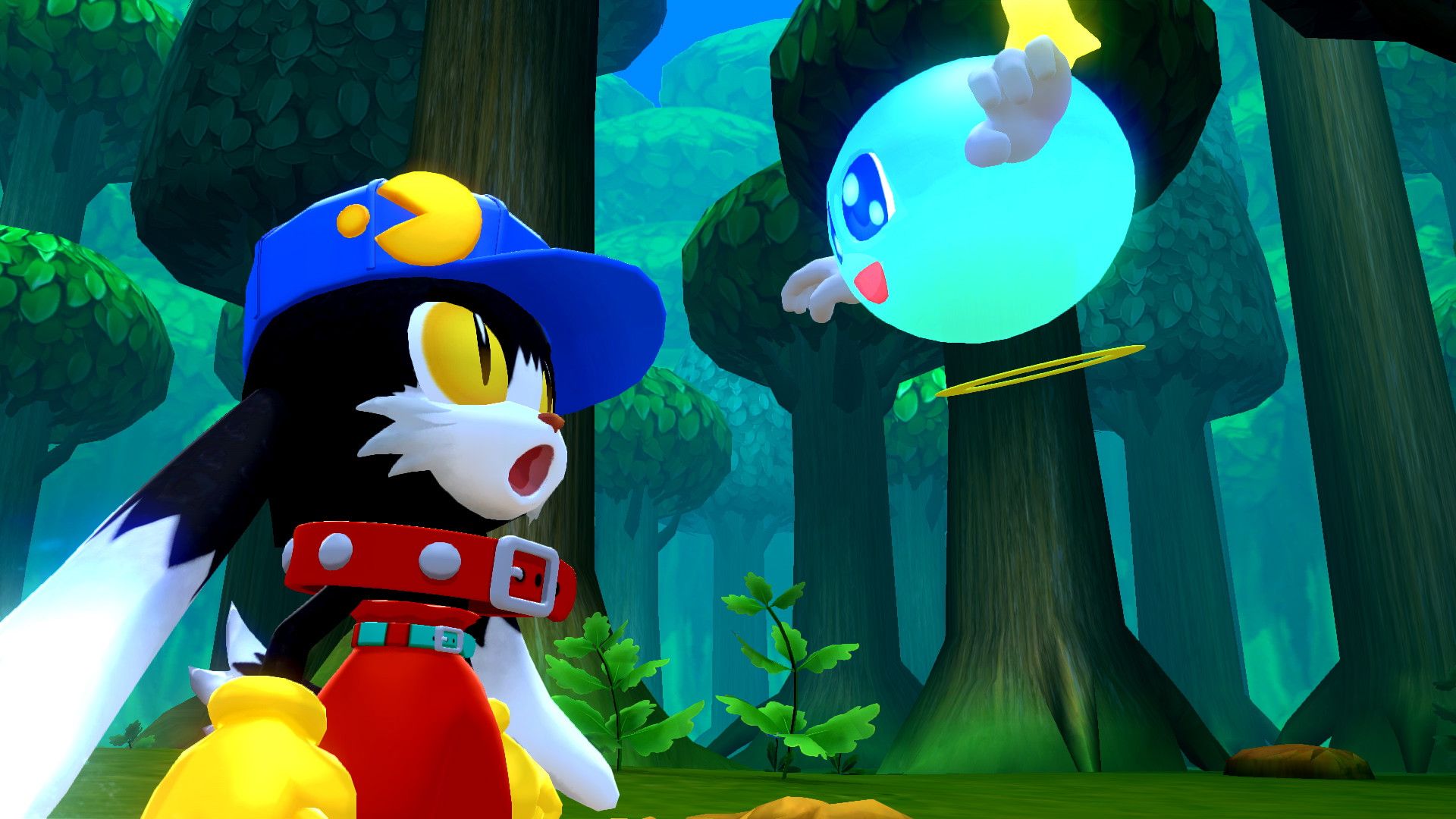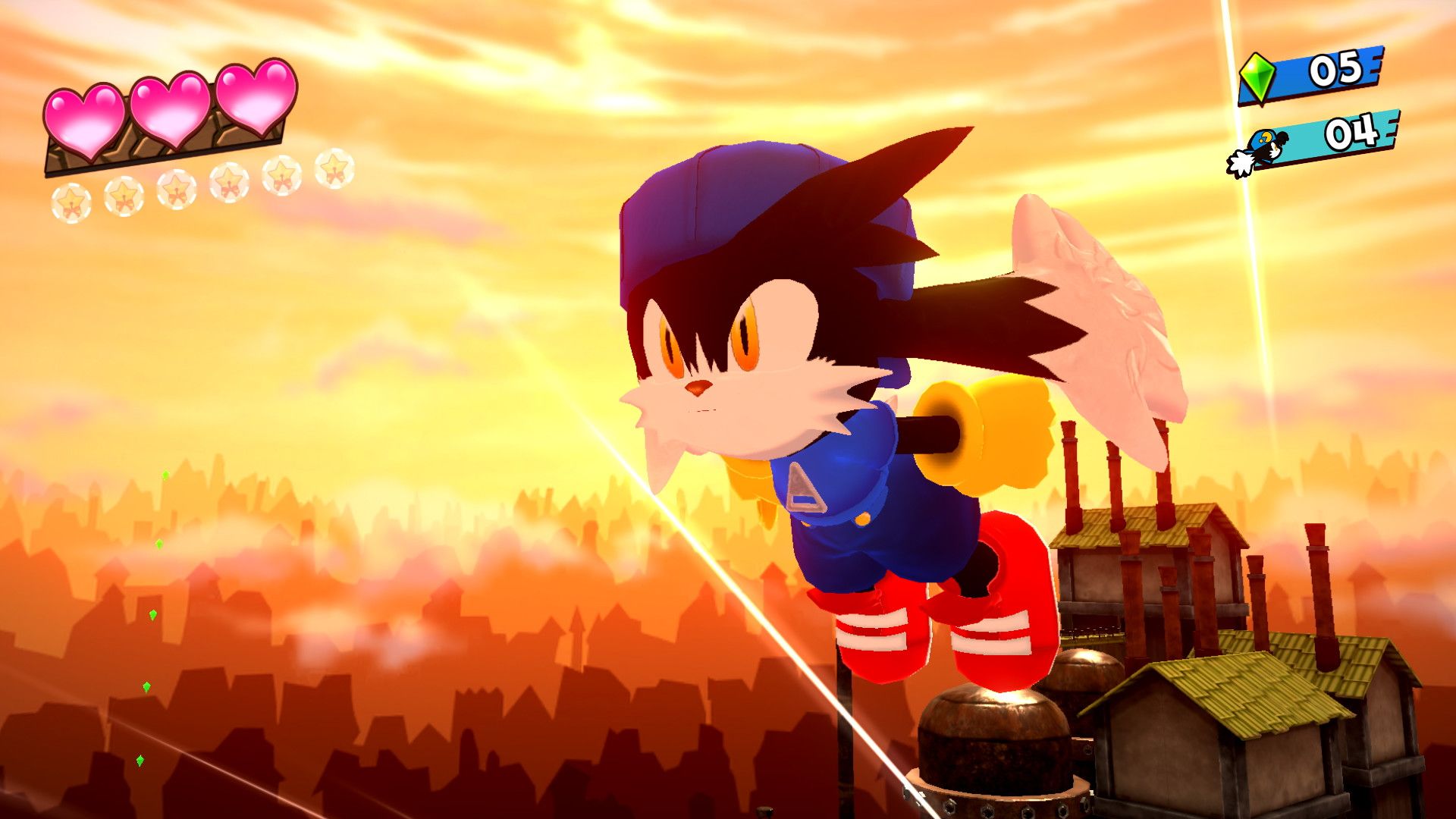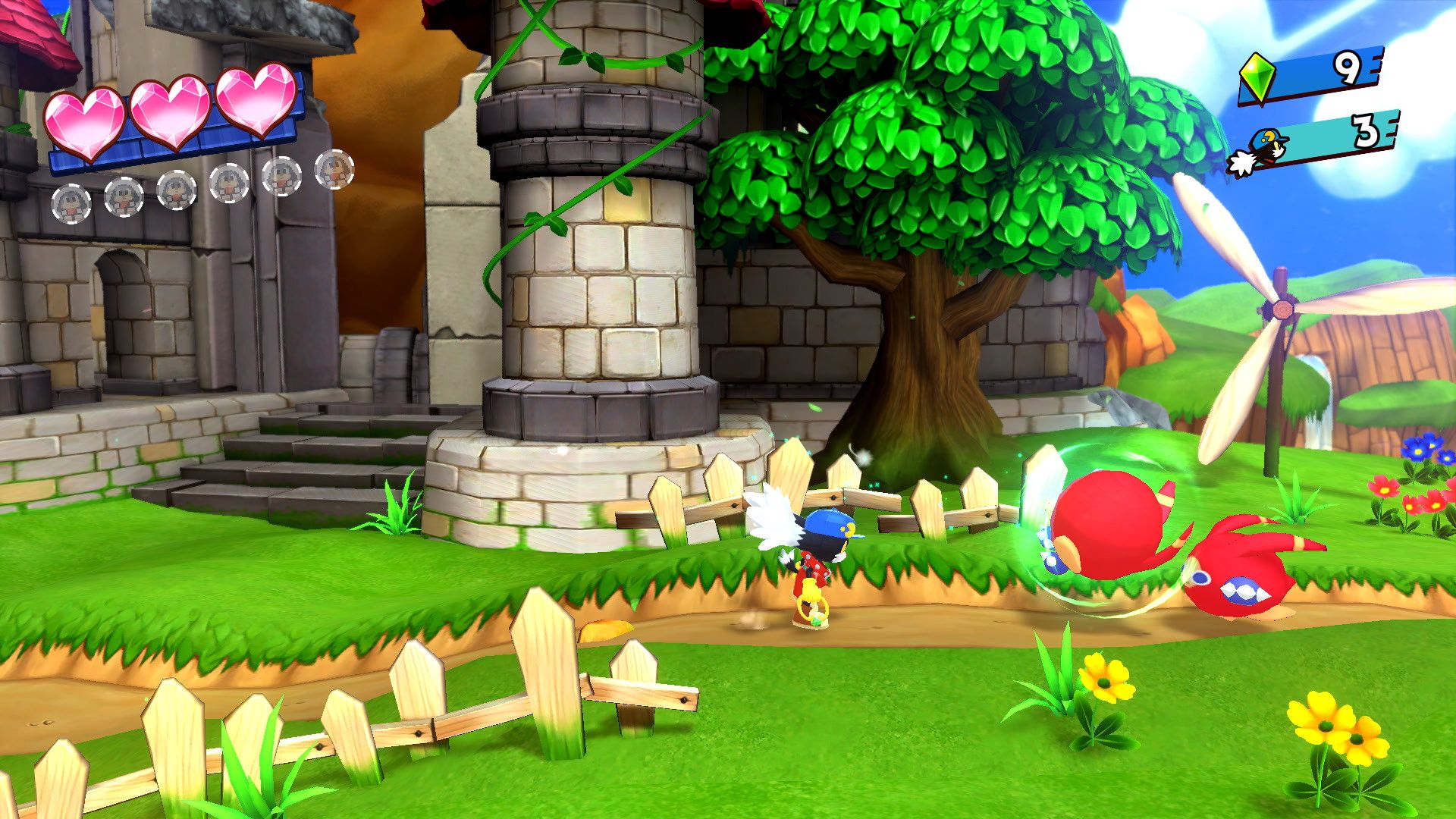Having covered both the original Klonoa for the PS1 and the PS2 sequel before, the release of Klonoa: Phantasy Reverie Series has been one of 2022's most-exciting all year. Combining two top-notch platformers, one with a stellar remake already out there on the Wii with the original game with its follow-up that never got a re-release of any kind -- making this the first time it's been released in over twenty years. Both are outstanding side-scrolling platformers that manage to stand out just as much now as they did then since so few games even in the franchise's heyday were directly influenced by it beyond The Grinch's game ripping off the gameplay formula.
The original game came when the industry was shifting away from 2D platformers towards 3D ones. One concession that a lot of companies tried was a 2.5D approach -- which combined the core of a 2D platformer with polygons and depth in the game world. Klonoa: Door to Phantomile was a unique game for its time and one that has seen its core formula hold up nicely, although its graphics did age quickly noticeably even when compared to the original release of the sequel. The core platforming action is more puzzle-infused than most games of its day and its format meshes will with the modern-day being full of puzzle-platformers. Klonoa doesn't just jump around, but he grabs enemies with a magic ring and uses it to do all sorts of things to them. He can throw them into one another to take them out or use them as a means to throw himself upwards. One small way to use them is to throw them from the foreground to the background and either interact with items or parts of the world.
This blend of platforming and light puzzle-solving continues when it comes to progressing throughout the stages. Most games of this type are straight up left to right affairs, but the Klonoa series mixes things up with a variety of paths to take in order to progress. This means that the game may lead you towards a top path with a lot of goodies that you naturally think is a better way to go -- but it winds up being a catch 22. You have more power-ups to gain, but also more risk as they can be littered with more enemies and thus more risk when you have to leave them due to a dead end. On subsequent playthroughs, you learn which paths to take, but in real-time, it's a fine example of trial-and-error gameplay teaching the player as the game goes on.
Both games featured in Phantasy Reverie Series are excellent platformers on their own, with the first benefiting the most from the remake while the sequel gains a lot of visibility with it. The sequel kept the same base idea of the original, but expanded on the stage type to include things like faster-paced auto-scrolling sections to hasten the pace up and revamped the graphics a ton. It's hard to imagine looking at the remake, but the generational leap from Klonoa to Klonoa 2 was mind-blowing to see unfold. The second you played the sequel, you couldn't help but imagine the original looking like that and it's a minor shame it took until the Wii remake to get it close to that and until now to have a uniform art style between the games since changes were made to Klonoa in the Wii remake.
Klonoa simply being on the Wii made it a trickier game to control in as easy a manner as it was on the PS1 or later on the PS3 when it was re-released on PSN because you didn't have a regular controller setup out of the gate. The Wii remote on its side was awkward on its own and the only way I could personally get into a long play session with that incarnation was with a BOSS controller shell that replicated a SNES controller and felt better, but not having uniform controls across the board is something that I didn't even notice as an issue until playing this collection and experiencing both games back to back. The variance in both games pacing is more noticeable now since the control layouts are identical and it's nice to be able to choose either a d-pad or analog stick to move with.
The d-pad feels more natural for the bulk of the second game and all of the first game, but the analog stick works nicely and in some ways feels more comfortable to use. Your left hand can move a bit less on the stick than it would on the d-pad and that can be helpful if you're trying to play both games for an extended session and avoid fatigue. The included games aren't exactly twitch platformers in terms of pixel-perfect jumps, but one does still have to be careful with their movements and timing since things like snatching enemies and getting the right height off of the jumps with them do rely on precise timing of button presses.
Klonoa: Phantasy Reverie Series looks gorgeous across the board and manages to keep the original spirit of the games alive while still offering up crisp visuals. It very much feels like a full HD-optimized PS2 game with sharp graphics instead of that platform's blurry 480i output and it's impressive to behold. Both games scale nicely across various PC hardware and even on older equipment with integrated graphics, it was possible to get a smooth experience without slowdown while Steam Deck playback was perfect. It's a great to see so much care go into making this a fun experience for PC players across the hardware spectrum as this should run well on pretty much any modern-day device with a good processor inside.
Audio-wise, everything has been cleaned up and sounds better than ever. The original games were already great, with memorable soundtracks and the unique language of the in-game world being used, but now all of the audio has a bit more of a snap to it thanks to being cleaned up. It's been done in such a way that doesn't hurt the presentation in the slightest and keeps the spirit of the original soundtrack intact for the original, while the sequel needed less fixing up. This is a gorgeous-looking and fun-sounding collection overall and an impressive showcase of how to remake classic games and keep what made them great to begin with intact.
Closing Comments:
Klonoa Phantasy Reverie Series is one of the most oddly-named collections ever, but features two top-notch platformers in their definitive editions. Both the first and second games are wonderfully recreated, with better graphics and audio than ever before. They both benefit from having the same control scheme game to game thanks to being available on the same platforms for the first time ever. Those who missed out on them should give them a shot now, while anyone who enjoyed them before will want to check them out again and experience the best-possible incarnations of them yet. Hopefully, this leads to more full-on remakes throughout the series and maybe a collection of all of the original games down the road.




